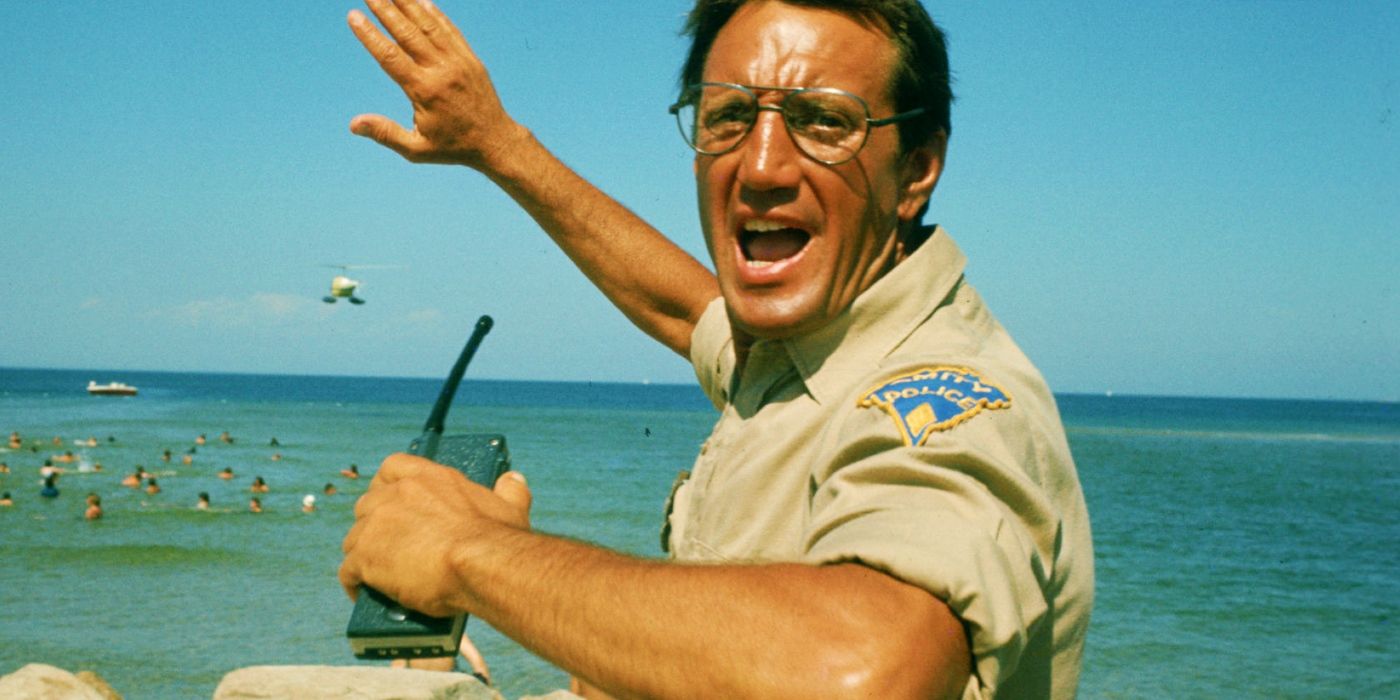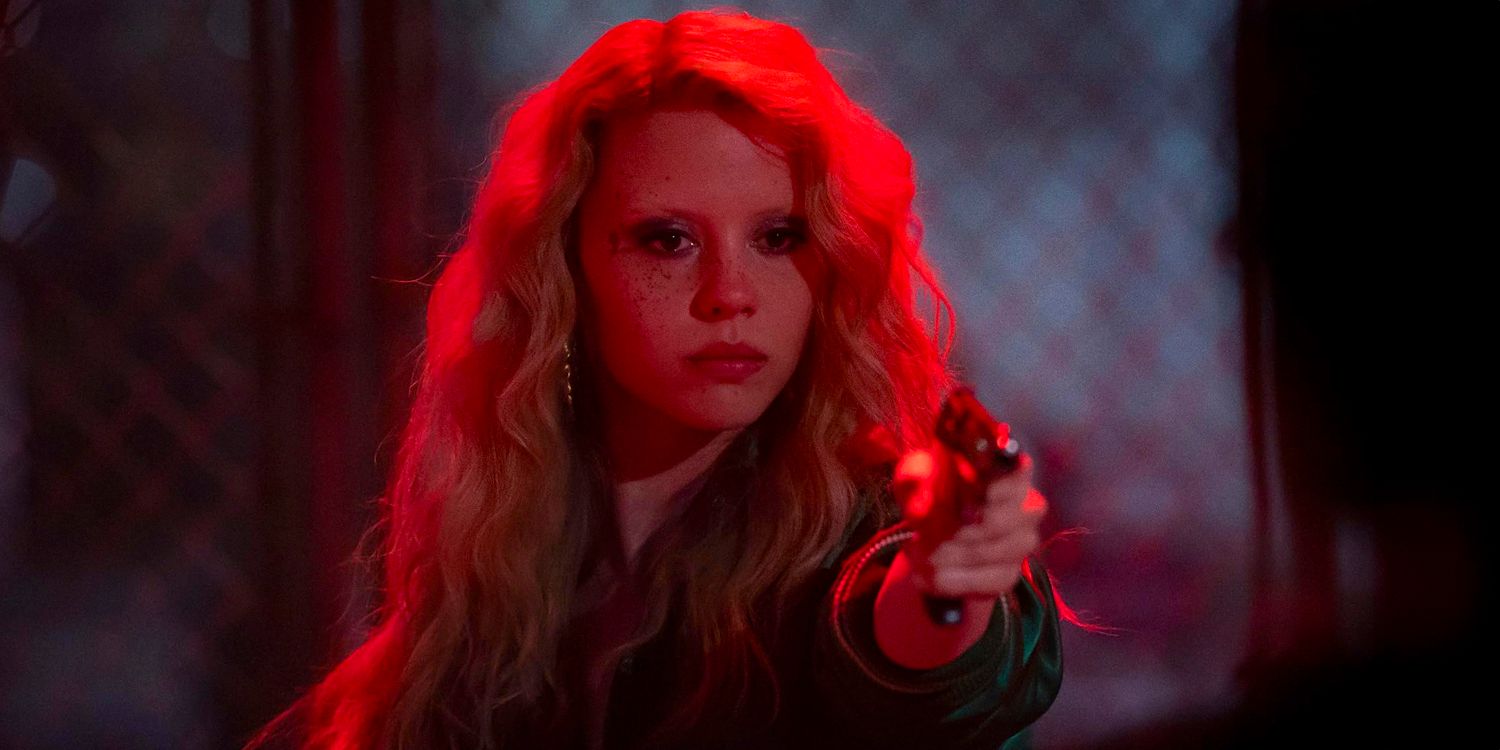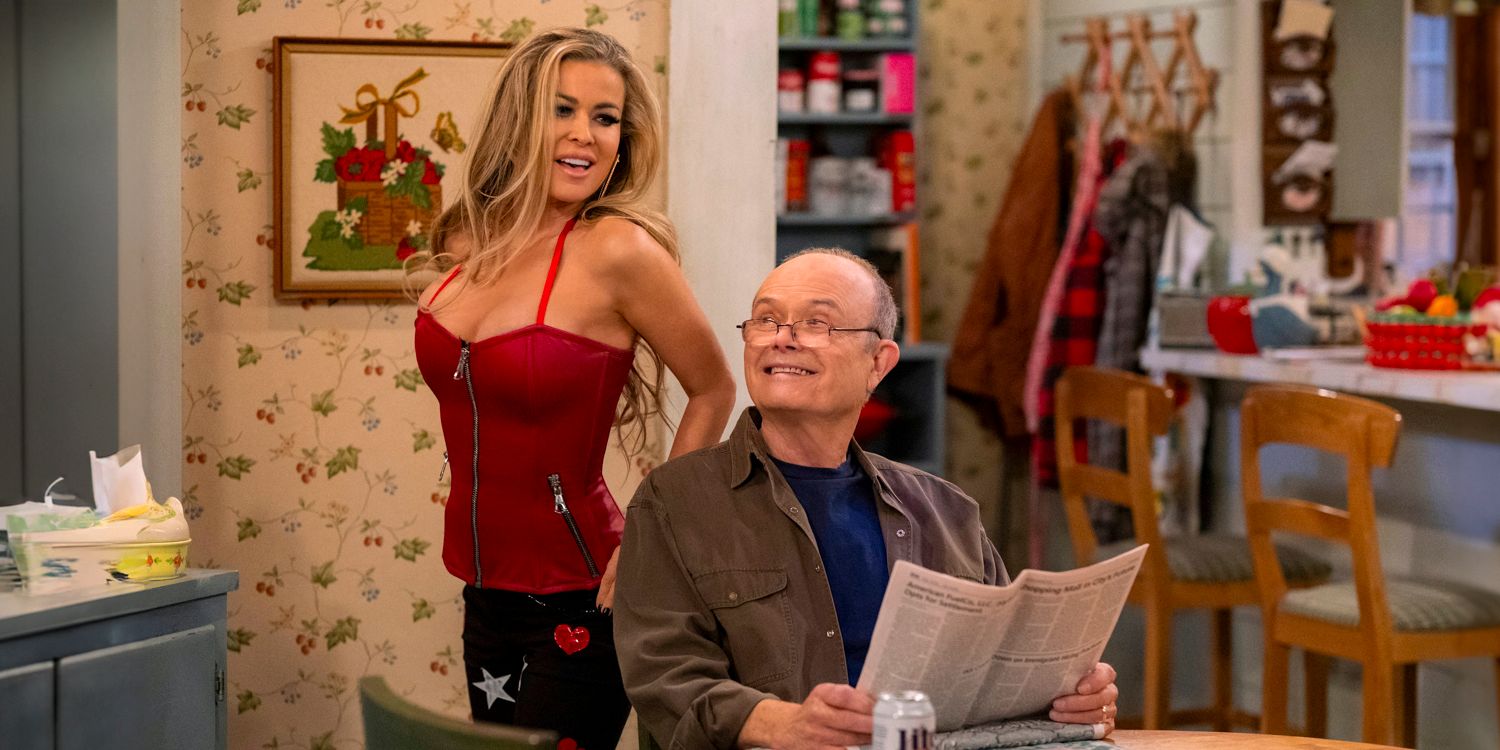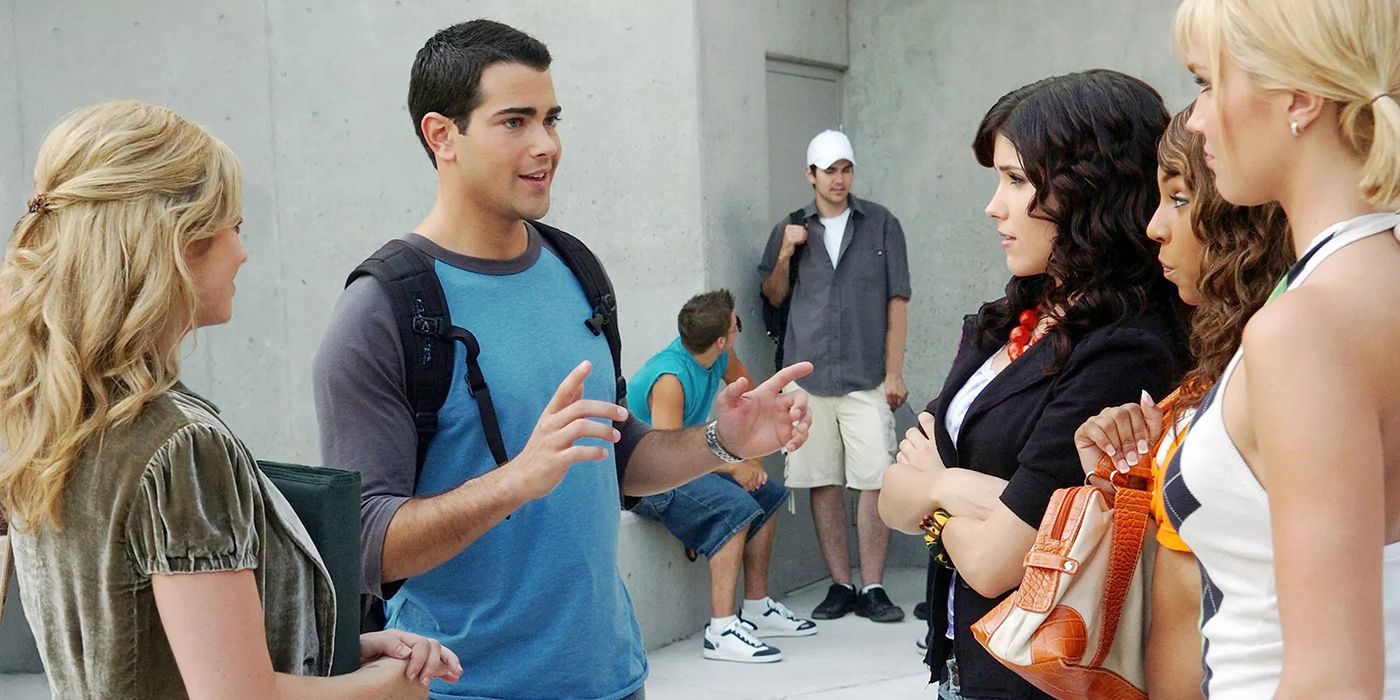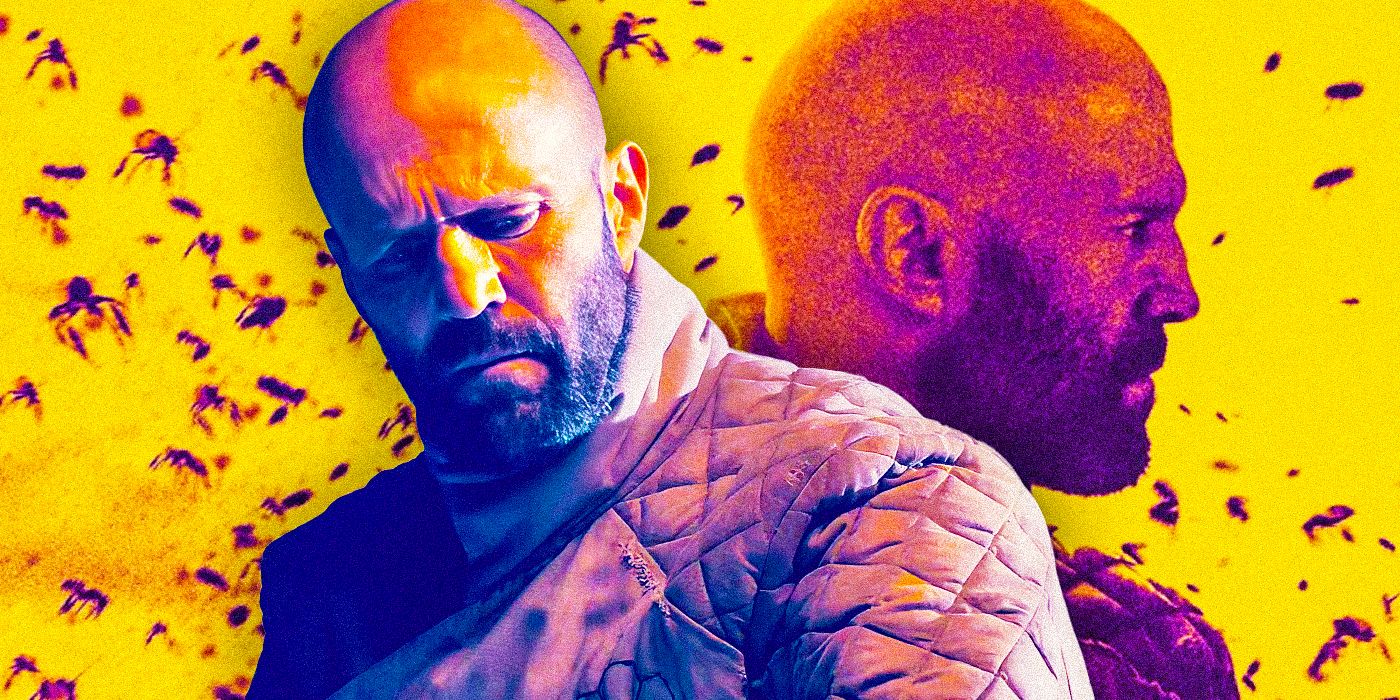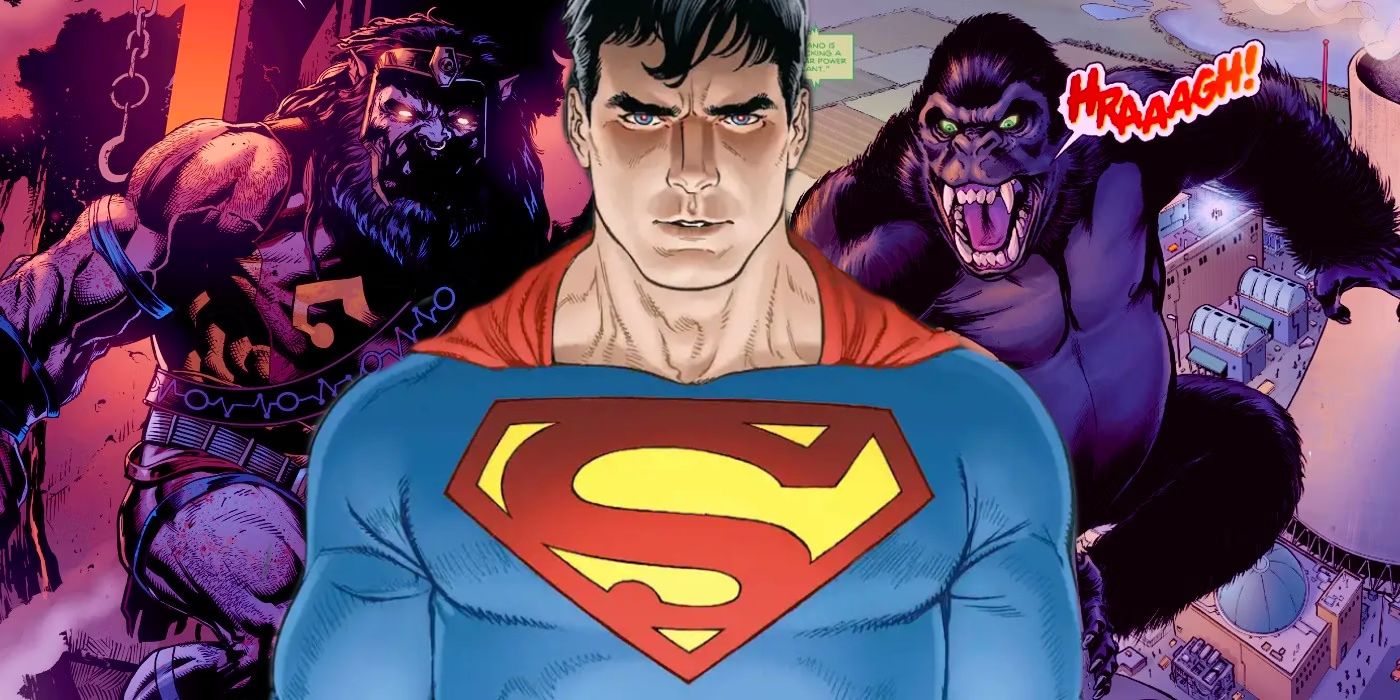Warning: This article contains spoilers for The Batman.
Matt Reeves’ The Batman has finally arrived in theaters after months of pandemic-related delays. Thankfully, the action-packed three-hour character study was well worth the wait. Robert Pattinson’s dark, brooding portrayal of Bruce Wayne and Reeves’ hard-boiled detective story and gloomy, neon-drenched visuals have led critics to label the movie a “neo-noir.”
Reeves was primarily inspired by the neo-noir classics of the 1970s – from Klute to Chinatown to Taxi Driver – but audiences have picked up on parallels with more recent entries in the subgenre, like Se7en and John Wick.
Chinatown (1974)
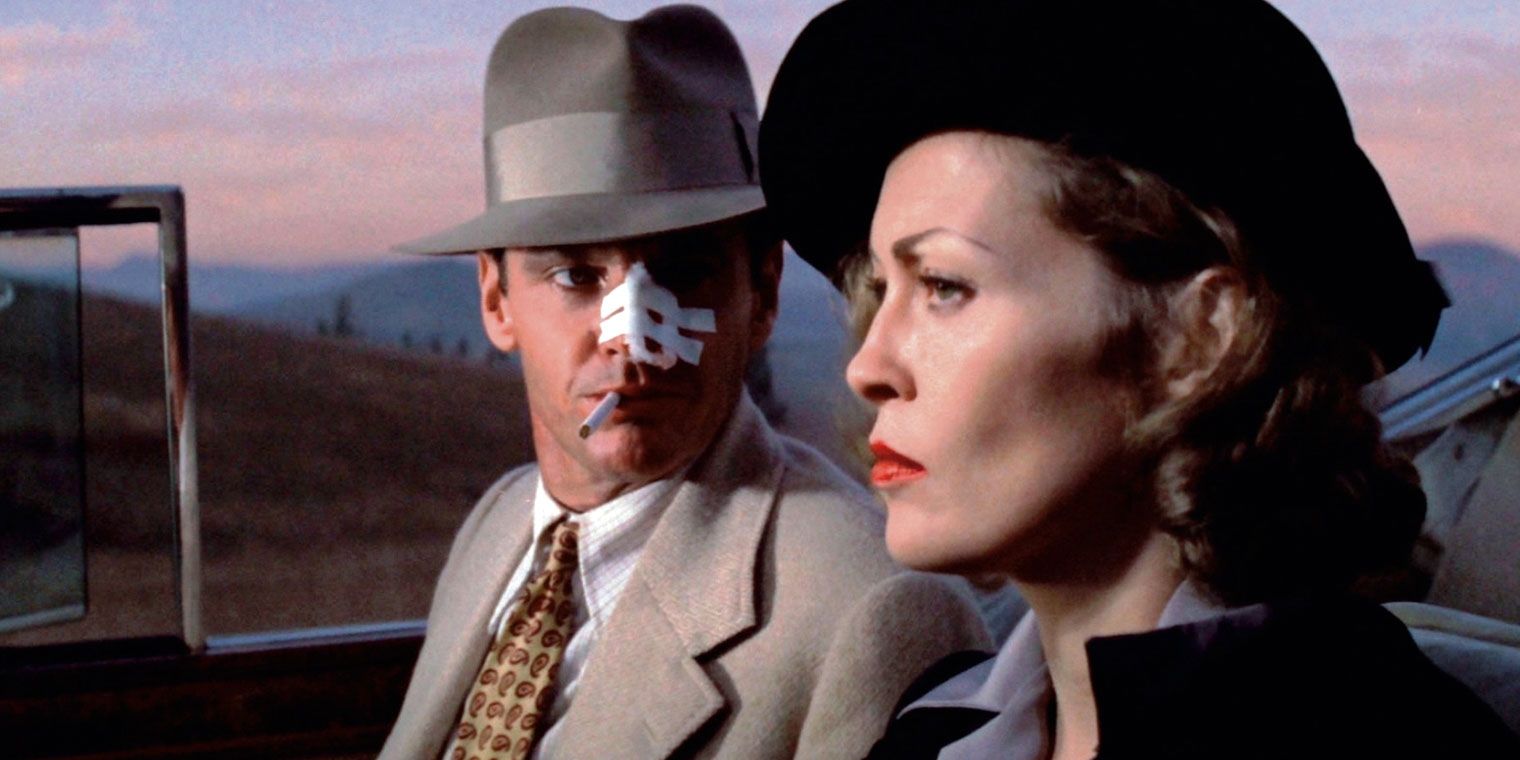
One of the biggest plot twists in The Batman reveals that Carmine Falcone is the illegitimate father of Selina Kyle. This twist has parallels with the shocking revelation about Noah Cross in the seminal 1974 neo-noir Chinatown. (But the paternal plot twist in Chinatown is much, much darker.)
By modernizing the well-worn tropes of the film noir with a bitter, cynical 1970s attitude, Chinatown defined the neo-noir subgenre. Robert Towne’s Oscar-winning script is studied in almost every screenwriting class as a prime example of a perfectly constructed screenplay.
Se7en (1995)
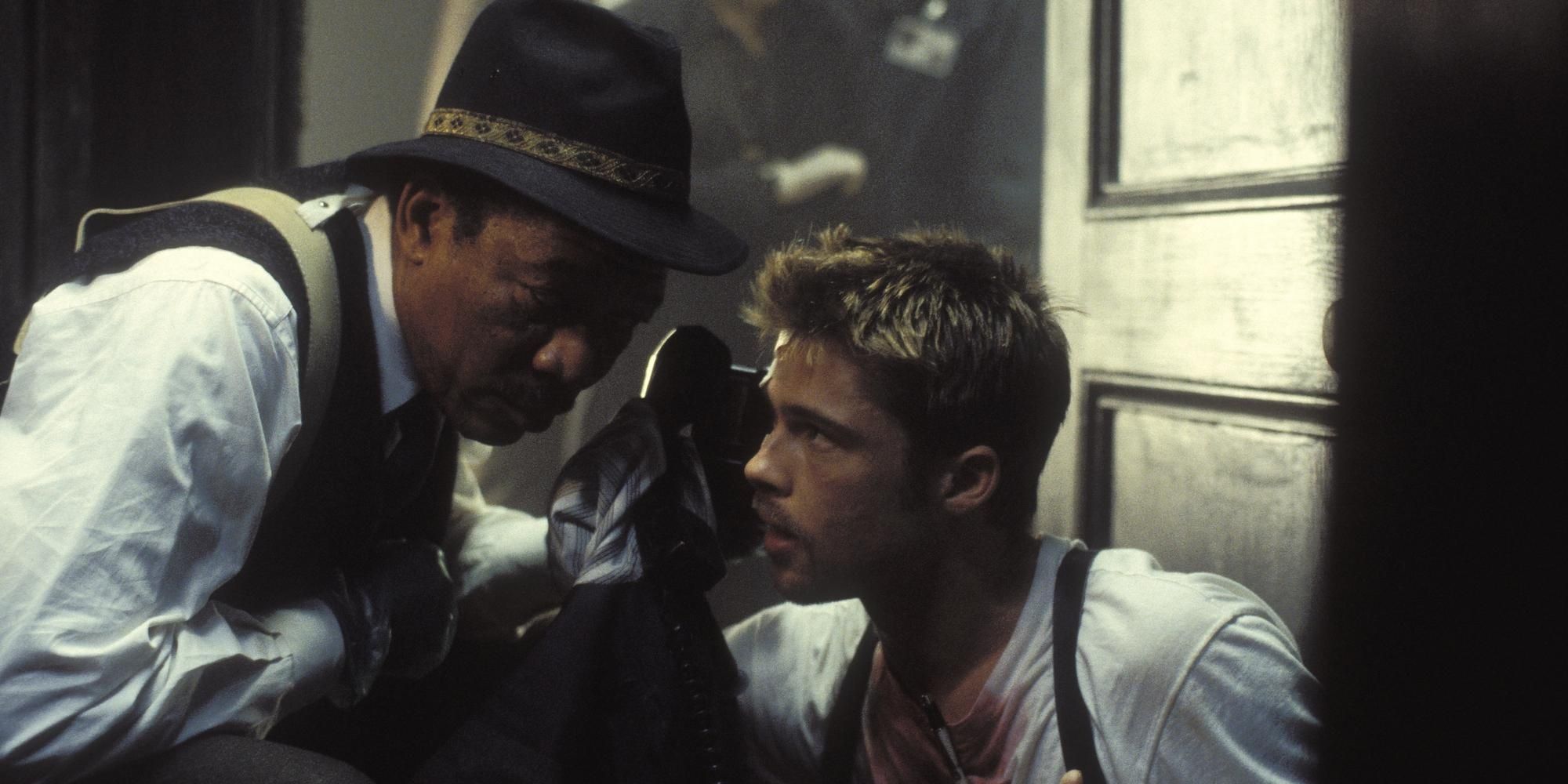
David Fincher’s Se7en plays as a grisly horror take on the “buddy cop” formula. Morgan Freeman plays a veteran lawman on the brink of retirement and Brad Pitt plays a hotshot young rookie looking to crack his first big case. These two detectives are paired up to pursue a serial killer whose meticulous murders are based on the Bible’s “Seven Deadly Sins.”
The Batman borrows this formula with Batman and Jim Gordon developing a kind of “buddy cop” dynamic in their quest to bring the Riddler to justice. Much like the Riddler, Se7en’s John Doe has a horrifying master plan that extends beyond his own active involvement in it.
Drive (2011)
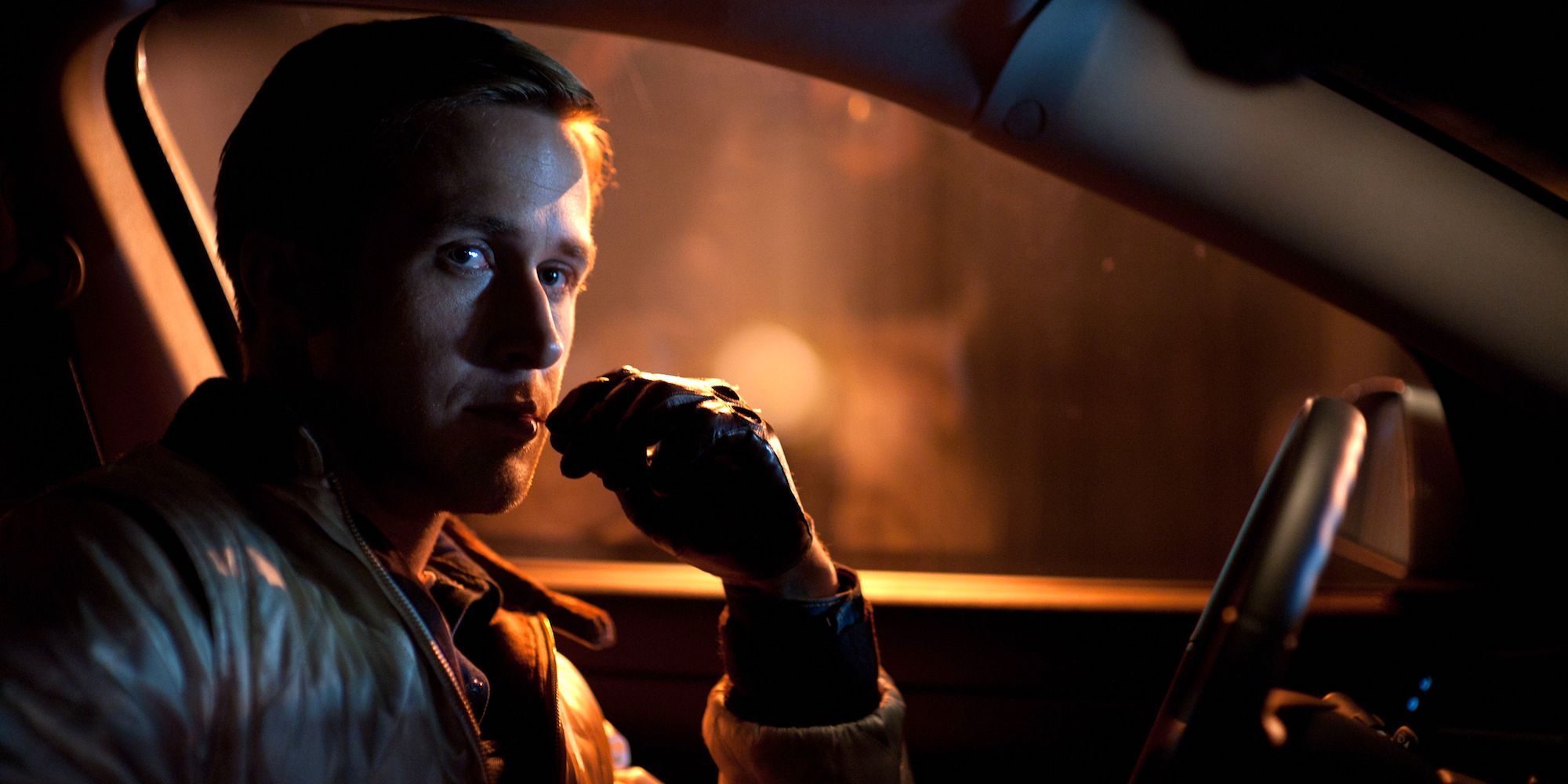
Nicolas Winding Refn’s Drive wasn’t the new Fast & Furious promised by the misleading trailers; it was something even better. Drive is one of the slickest noirs in recent memory, beautifully capturing the seedy underbelly of Los Angeles with uncompromising depictions of violence and a spectacular turn by Ryan Gosling as the unnamed “The Driver.”
The Driver, like Pattinson’s Batman, is a brooding loner with violent tendencies who cruises around a neon-soaked city and falls in love after being drawn into a criminal conspiracy.
Shutter Island (2010)
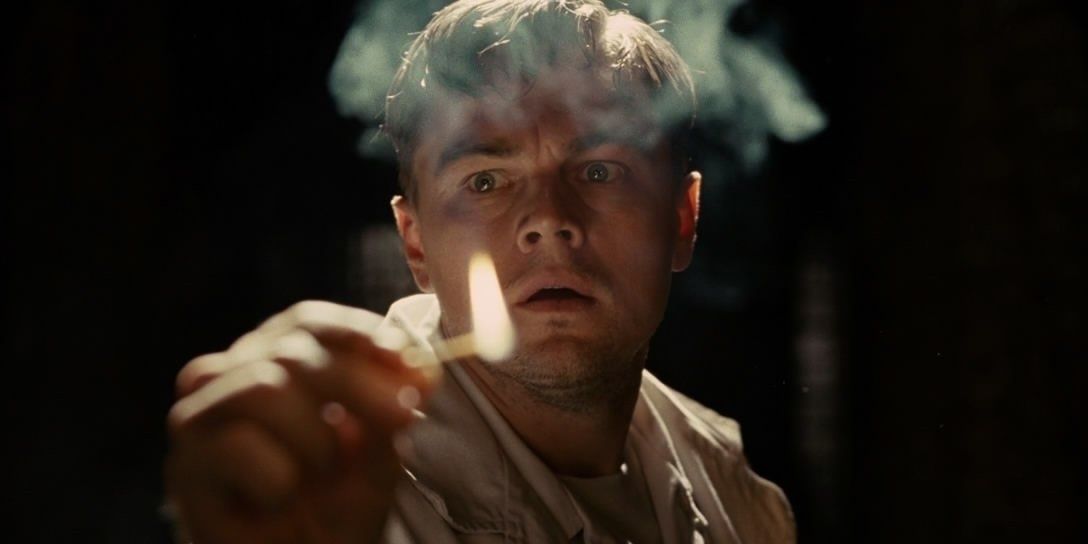
Martin Scorsese has only dabbled in horror a couple of times, but his contributions to the genre are always unforgettably unnerving gems. Like The Batman, Shutter Island is a curious blend of neo-noir and psychological horror.
In The Batman’s case, the psychological thrills arise from the Riddler’s reign of terror (punctuated by his patented mind games). In Shutter Island’s case, Leonardo DiCaprio has an identity crisis as he finds himself caught in a harrowing psychiatric experiment.
The French Connection (1971)
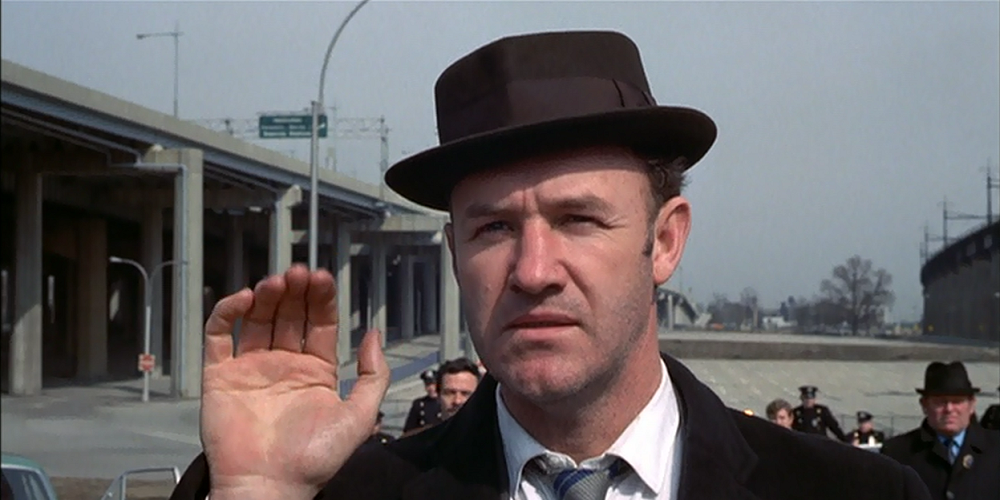
In The Batman, most of Gotham’s cops are revealed to be on Carmine Falcone’s payroll. A few decades ago, depicting corrupt cops in a major Hollywood movie was unheard of. William Friedkin’s The French Connection brought a dark “New Hollywood” edge to the familiar police noir.
Cops and crooks were previously portrayed as straightforward representatives of good and evil. Gene Hackman’s rule-bending, narrow-minded detective Popeye Doyle blurred the line between the two.
Miller’s Crossing (1990)
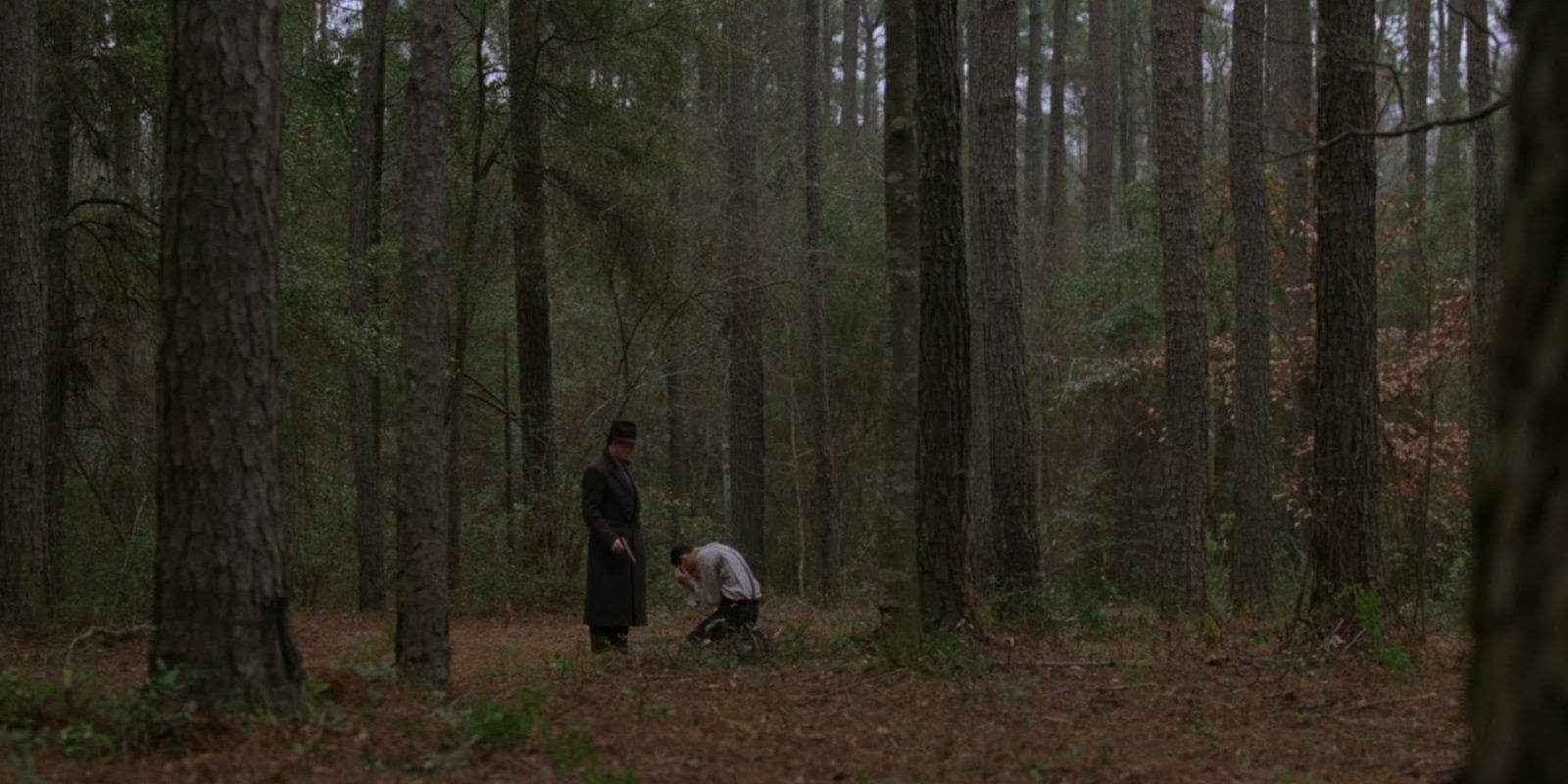
The Coen brothers brought their signature pitch-black comedic sensibility to a classic gangster story in their underappreciated masterpiece Miller’s Crossing. Gabriel Byrne stars as a mob enforcer bouncing from criminal organization to criminal organization, taking plenty of beatings along the way.
This movie has a few parallels with The Batman. They both tell the story of a lone wolf caught between feuding gangs and corrupt cops, picking up clues and trying to piece together a web of deceit. Both movies also feature John Turturro as a double-crossing mobster.
Dirty Harry (1971)
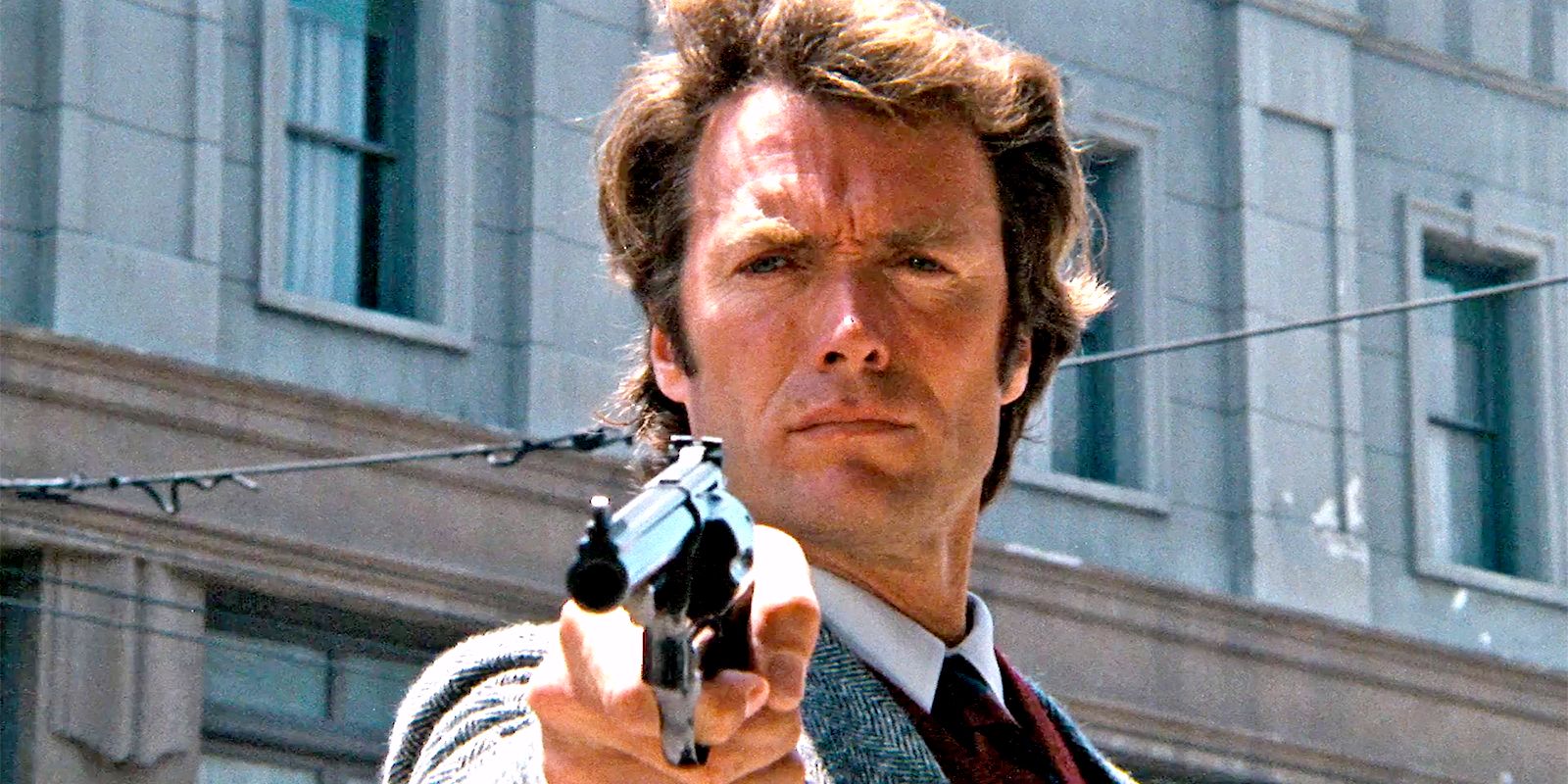
Along with The French Connection, Don Siegel’s Dirty Harry challenged Hollywood’s portrayal of cops as clear-cut heroes. Clint Eastwood’s titular antihero is constantly reprimanded by his superiors – and even the Mayor of San Francisco – for breaking laws to bring in law-breakers. Like Batman, Harry operates outside the law.
Similar to The Batman’s villain, Dirty Harry’s main antagonist was inspired by the real-life Zodiac Killer. The “Scorpio Killer” is a sadistic sniper picking off unsuspecting targets around the city and continues to elude justice thanks to loopholes and technicalities.
John Wick (2014)
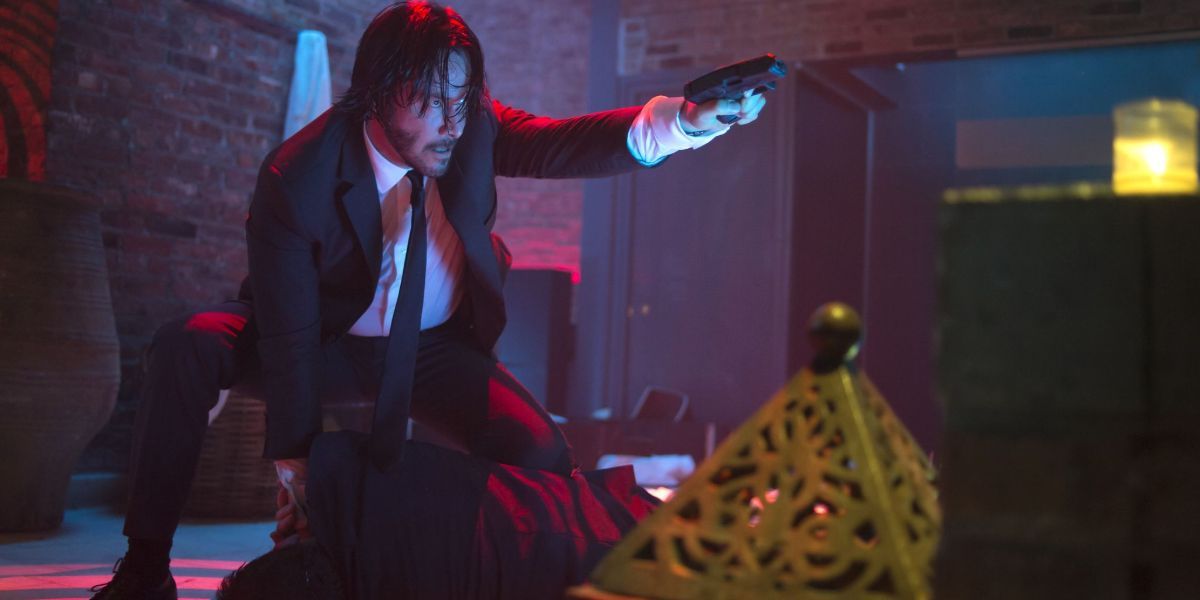
Keanu Reeves’ action-packed, franchise-launching comeback vehicle, John Wick, is a mishmash of many different genres: neo-noirs, “gun-fu” actioners, spaghetti westerns. The story of an ex-hitman avenging his dog uses slick visuals, high-contrast lighting, and a questionable antihero to evoke classic noirs.
The visceral fight scenes of The Batman have parallels with the game-changing long-take combat scenes of the John Wick movies. A single assailant with mythic status takes on legions of goons at a time.
Taxi Driver (1976)
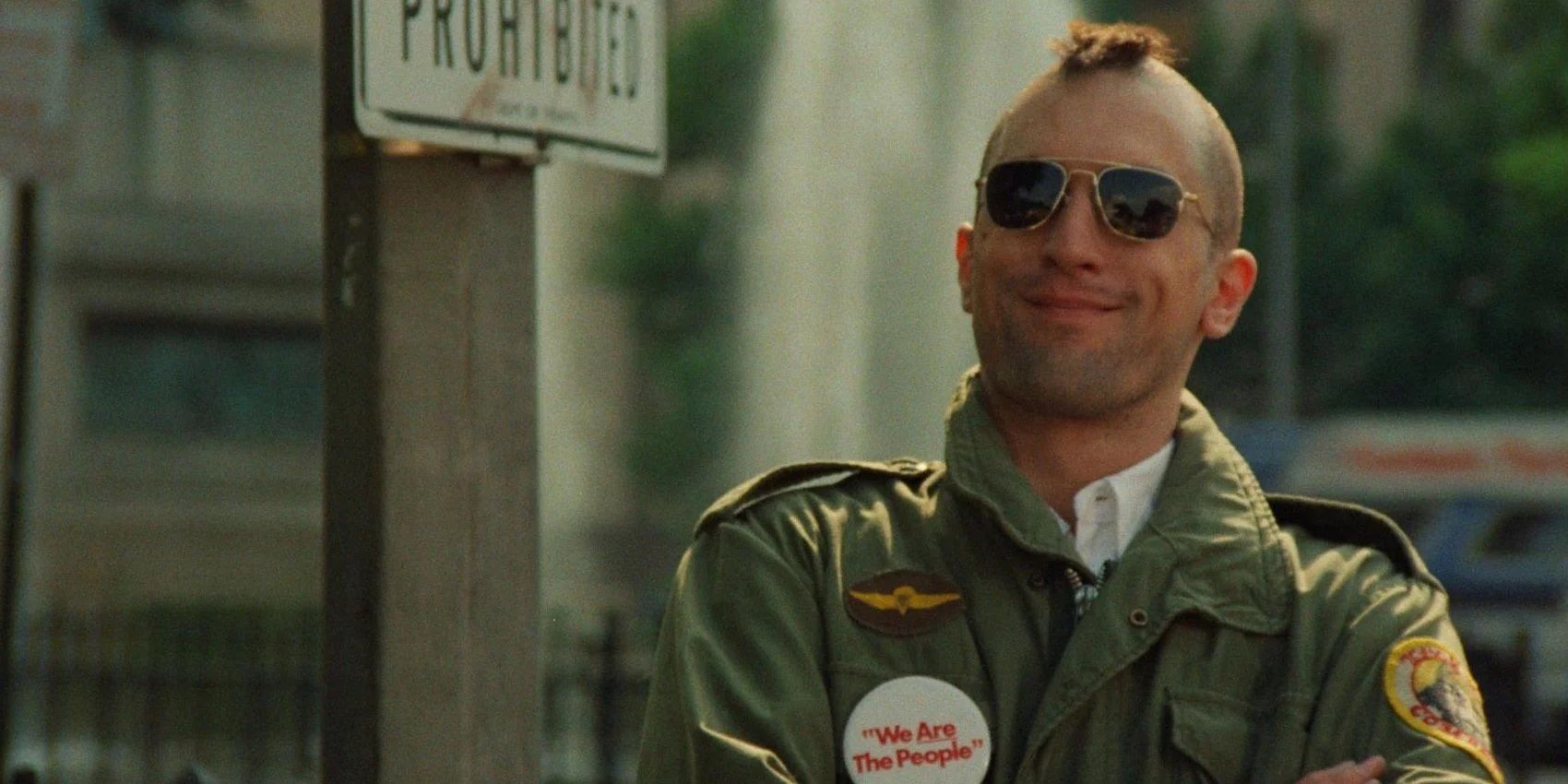
Robert De Niro gave one of the best performances of his career as cabbie-turned-vigilante Travis Bickle in Martin Scorsese’s Taxi Driver. At the beginning of the movie, Travis returns from Vietnam with insomnia and PTSD. He drives a taxi around New York to pass the time and the rampant crime on the streets around him makes him bitter and angry. Eventually, like Bruce Wayne, he decides to take the law into his own hands.
Travis’ dark psychology is charted through intense, mesmerizing voiceover narration. Much like Bruce’s journal narration in The Batman, Taxi Driver’s voiceovers are taken from Travis’ diary entries, offering the audience a glimpse at how his disturbed mind works.
Klute (1971)
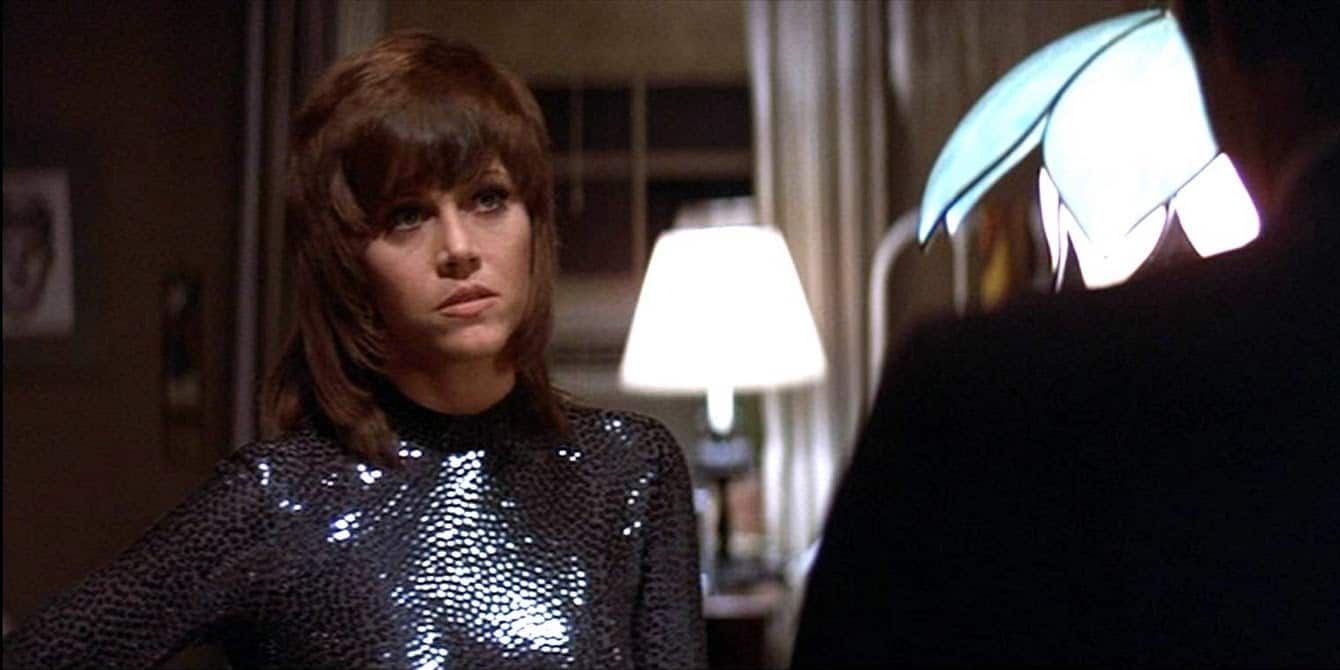
Batman and Catwoman’s dynamic in The Batman is heavily influenced by Alan J. Pakula’s neo-noir classic Klute, the first chapter of Pakula’s Nixon-era political paranoia trilogy.
The Bat and the Cat, as depicted in The Batman, were inspired by Donald Sutherland’s turn as hard-boiled detective John Klute and Jane Fonda’s Oscar-winning role as the love interest who helps with his investigation into a missing person.
